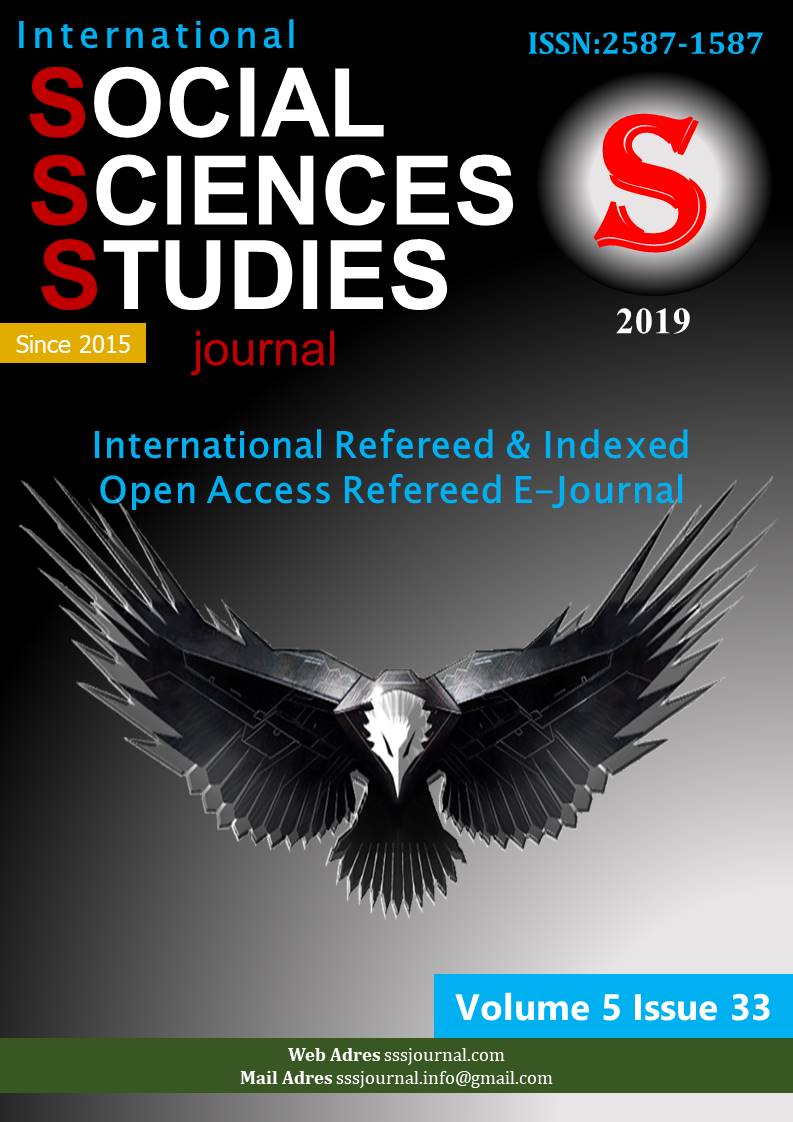Author :
Abstract
Posthümanizm günümüzden beş yüzyıl öncesine ve geleceğe uzanan bir tarihsel ve kültürel perspektiftir. Beden ise bu perspektifin sınırlarını da aşan disiplinlerarası bir kavramdır. Bu perspektif içinde beden biyoloji, antropoloji, tıp, sosyoloji, felsefe gibi disiplinlerin araştırma konusu olmuş; sanat ise biçim ve içeriğiyle antik, klasik güzel sanatlar anlayışından günümüz çağdaş sanatına doğru evrilmiştir. Günümüz çağdaş sanatında beden yorumları performans sanatının yanı sıra dijitalleşmenin getirdiği yeni bakış açılarıyla posthümanist katmanlar edinmiştir. Bu katmanlar öncelikle Sanayi Devrimi ve Birinci Dünya Savaşı’nın etkilerinin sanatta bedeni makineleştirmesiyle ortaya çıkmış; 20. yüzyılın ortalarından itibaren happening, performans gibi sanatsal ifadelerden beslenmiş ve günümüze kadar bilişim teknolojilerinin gelişimiyle dijital sanat işlerine dönüşmüştür.
Keywords
Abstract
Posthumanism is a historical and cultural perspective that extends from the present to five centuries ago and to the future. The body is an interdisciplinary concept that transcends the boundaries of this perspective. In this perspective, the body has been the subject of research in disciplines such as biology, anthropology, medicine, sociology and philosophy. However, art has evolved from the classical fine arts to contemporary art. In today's contemporary art, body interpretations have acquired post-humanist layers with new perspectives of digitalization as well as performance art. These layers first emerged with the mechanization of the body by the effects of the Industrial Revolution and the First World War in the art; since the middle of the 20th century, it has been influenced by artistic expressions such as happening and performance and with the development of information technologies until today, it has turned into digital art works.
Keywords
- Antmen, A. (2008). 20. Yüzyıl Batı Sanatında Akımlar, İstanbul: Sel Yayıncılık
- Antmen, A. (2008). 20. Yüzyıl Batı Sanatında Akımlar, İstanbul: Sel Yayıncılık
- Braidotti, R. (2014). İnsan Sonrası (Çev.: Öznur Karakaş), İstanbul: Kolektif Yayıncılık Cevizci, A. (1999). Felsefe Sözlüğü, İstanbul: Paradigma Yayınları,
- Gombrich, E. M. (2007). Sanatın Öyküsü (Çev.: Ömer Erduran), İstanbul: Remzi Kitabevi
- Halberstam, J. & Livingstone, I. (1995). Posthuman Bodies, Indiana: Indiana University Press
- Haraway, D. (2006) Siborg Manifestosu: Geç Yirminci Yüzyılda Bilim, Teknoloji ve Sosyalist- Feminizm. (Çev.: Osman Akınhay), İstanbul: Agora Kitaplığı
- Hayles, N. K. (1999) How We Became Posthuman: Virtual Bodies in Cybernetics, Literature, and Informatics, Chicago, IL: University of Chicago Press
- Nazlı, A. (2009) “Sosyolojik Bakışın Eşiğinde Beden”, Toplum Bilim Beden Sosyolojisi Özel sayısı, 24: 61-68.
- Pepperell, R. (1997) The Post-human Condition, Devon: Intellect Books, Exeter. Yardımcı, S & Güçlü Ö. (2013) Queer Tahayyül. İstanbul: Sel Yayıncılık





